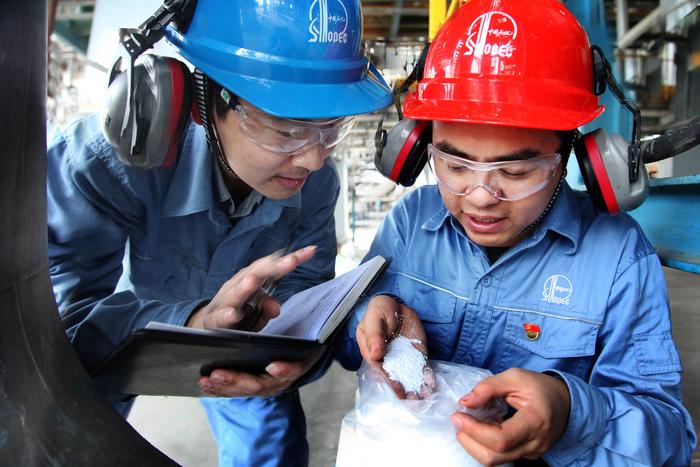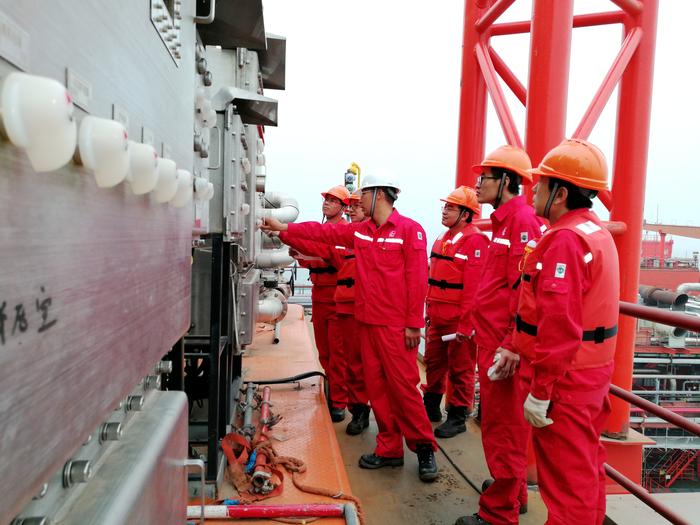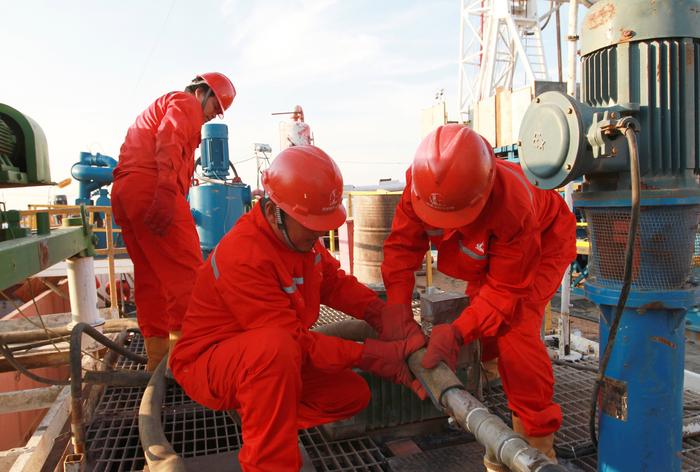|
| 2018-10-31 来源: 中国石化新闻网 |
| 石化新闻 |
|
中国石化新闻网讯 据普氏能源资讯新加坡10月30日消息称,根据东盟石油理事会的数据,随着成员国建造液化天然气进口终端以满足日益增长的能源需求,东盟(ASEAN)可能在未来十年内增加近77%的再气化产能。 随着各国越来越依赖液化天然气来抵消国内天然气产量下降的影响,东南亚再气化产能的增加将包括陆上设施和海上浮式储存和再气化装置。 数据显示,东南亚目前的液化天然气进口量约为3630万吨/年,根据目前的项目管道,这一数字预计将增长至6430万吨/年。 目前主要的液化天然气进口国是泰国、新加坡、马来西亚和印度尼西亚,但到未来十年中期,菲律宾、缅甸和越南将加入液化天然气进口国行列。仅泰国的产能扩张就将达到1400万吨/年,占东盟液化天然气进口量增长的一半。 菲律宾能源部长阿方索库西周二在2018年新加坡国际能源会议表示:“在菲律宾,我们预计到2040年,我们将需要43GW的额外电力容量。”他说,除了产能,该国还需要考虑能源来源,并采取技术中立的政策来以支持能源结构的多样化。 库西表示:“我们还希望将菲律宾定位为该地区的液化天然气门户。”他补充说亚洲对清洁燃料的需求激增使其成为液化天然气的净进口国。 他说:“这使菲律宾成为液化天然气运输路线的纽带,例如来自美洲的页岩气。这意味着我们将能够进口供我们自己使用的LNG,并成为将液化天然气运往该地区其他用户的接入点。” 菲律宾有一个主要的天然气资源即将耗尽,它位于菲律宾西部的巴拉望海岸附近的马拉帕雅天然气田,菲律宾需要在该气田完全枯竭之前进口液化天然气。 国际能源署执行董事法提赫•比罗尔表示,随着东南亚液化天然气进口的增加,东南亚将成为全球液化天然气进口的主要地区之一,类似于它是世界上最重要的石油进口地区之一。 然而,这将意味着东南亚对全球市场的依赖性呈指数增长,能源安全仍然是该地区的主要问题。他表示:“国际能源市场变化的脆弱性对于该地区的经济将变得更为重要。” 比罗尔称,到2040年,东南亚也需要1.25万亿美元的电力部门投资,相当于每年平均约500亿美元,这是当前水平的两倍。 东盟十个员国分别是文莱、柬埔寨、印度尼西亚、老挝、马来西亚、缅甸、菲律宾、新加坡、泰国和越南。 陈菲 摘译自 普氏能源资讯 原文如下: ASEAN regasification capacity to grow 77% in next decade The Association of Southeast Asian Nations (ASEAN) is likely to add nearly 77% in regasification capacity over the next decade as member countries build LNG import terminals to meet growing energy demand, according to data from the ASEAN Council on Petroleum. The growth in Southeast Asia's regasification capacity will be both in terms of onshore facilities and offshore floating storage and regasification units, as countries become increasingly dependant on LNG to offset declines in domestic gas production. Southeast Asia currently has LNG import capacity of around 36.3 million mt/year, and this is expected to grow to 64.3 million mt/year with the current project pipeline, the data showed. The main LNG importers currently are Thailand, Singapore, Malaysia and Indonesia, but by the middle of the next decade, Philippines, Myanmar and Vietnam will join the list of LNG importing countries. Thailand's capacity expansion alone will total 14 million mt/year and account for half of the growth in ASEAN's LNG import capacity. "In the Philippines we project that we will need 43 GW of additional power capacity by 2040," Alfonso Cusi, Philippines' Secretary of Energy, said Tuesday at the Singapore International Energy Conference 2018. He said that in addition to capacity, the country also needs to consider the source of energy and has adopted a technology-neutral policy to support the diversification of the energy mix. "We are also looking to position the Philippines as an LNG gateway for the region," Cusi said, adding that surging demand for cleaner fuel in Asia has caused it to become a net importer of LNG. "This places the Philippines at the nexus of LNG shipping routes, such as shale gas from Americas. This means that we will be able to import LNG for our own use and also become an access point for moving LNG to other users in the region," he said. The Philippines has one major gas source that is running out -- the Malampaya gas field off the coast of Palawan in the West Philippine Sea-and it needs LNG imports to commence before the gas field is fully depleted. Fatih Birol, executive director of the International Energy Agency, said that with Southeast Asia's LNG imports rising, it will become one of the key global LNG importing regions, similar to how it is one of the most important oil importing regions of the world. This will however mean Southeast Asia's reliance on the global markets grows exponentially and energy security remains a dominant issue for the region. "The vulnerability of the changes in international energy markets will become more important for the economies of this region," he said. Birol said Southeast Asia also needs power sector investment of $1.25 trillion up to 2040, which is equivalent to around $50 billion per year on average and twice the current level. The ten ASEAN member states are Brunei Darussalam, Cambodia, Indonesia, Laos, Malaysia, Myanmar, Philippines, Singapore, Thailand and Vietnam.
|








